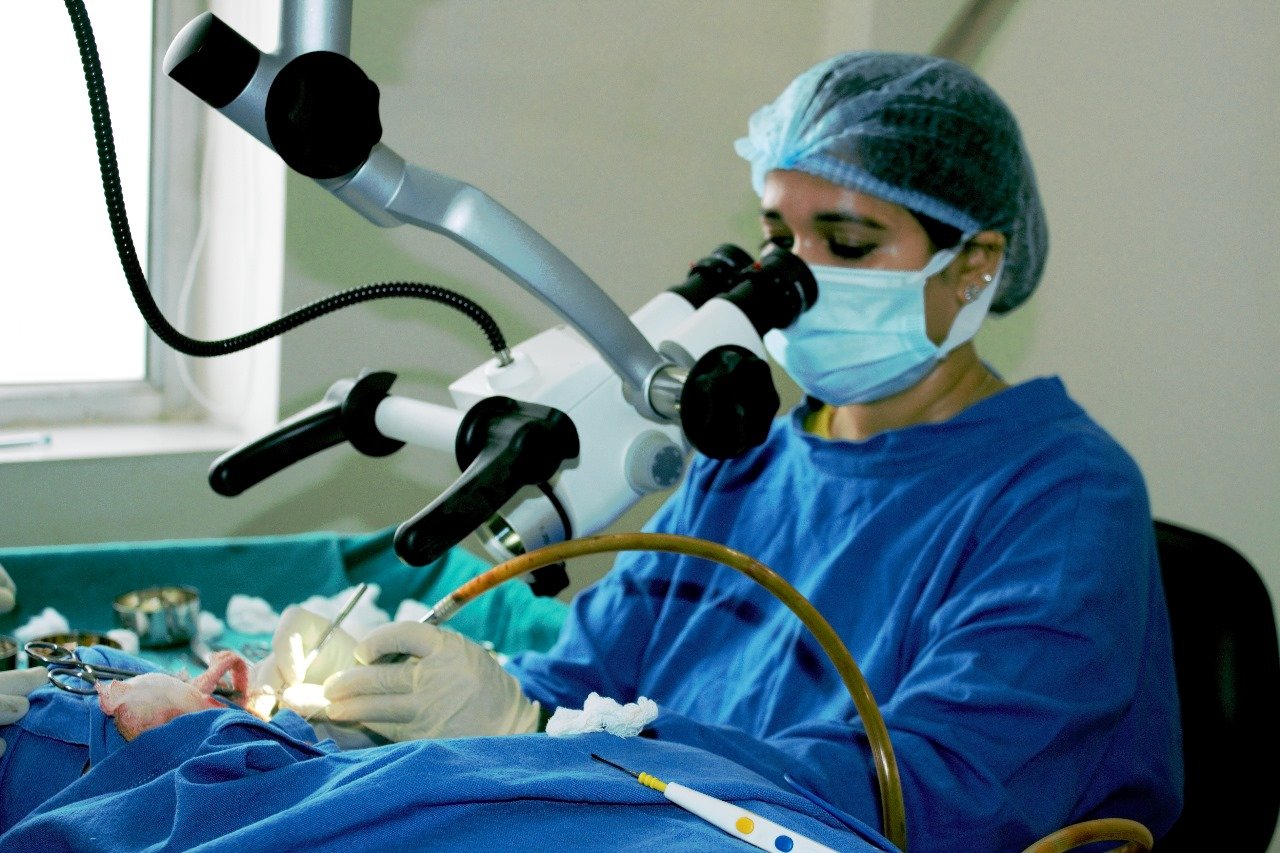Best Hair Transplant in dehradun
Hair loss can be a heartbreaking experience, as it often affects not just your appearance, but also your emotions and self-image. For many people, hair loss becomes a significant source of frustration and insecurity. However, there is a solution that can help restore not only hair but also one’s confidence – hair transplantation. Over the years, hair transplantation has become one of the most popular and effective ways to address hair loss, thanks to advancements in technology and techniques. Today, hair transplant procedures offer natural-looking results that are both long-lasting and transformative. What makes hair transplantation so popular, and why is it the go-to treatment for millions around the world? With improved methods like PRP, FUE, and DHI, which yield guaranteed results, hair restoration has become more accessible and reliable than ever before. Let’s dive into the world of hair restoration and explore how it can change your life.

Types of Hair Transplants
When it comes to hair transplants, there are three major techniques, each with its unique process and benefits:
Follicular Unit Transplantation (FUT)
In FUT, a strip of scalp that contains multiple hair follicles is excised on the donor area, usually at the back of the head. The strip is then divided into single hair follicles that are then grafted to the affected or receiving area. This method enables many grafts to be planted in one session this is suitable for patients who require many grafts to be transplanted.
Follicular Unit Extraction (FUE)
As compared to FUT, FUE entails the direct removal of hair follicles from the donor region. These follicles are then transplanted to the recipient site and this completes the surgery process. When it comes to side effects FUE has been known to be less invasive than FUT and scarring is not very noticeable hence why this procedure is favored by many.
Direct Hair Implantation (DHI)
DHI is the next level of the FUE method whereby the hair follicles are implanted into the scalp with the help of a special tool that does not require initial cutting. The technique enables better localization of the follicles, the rapid healing process, and the best survival rate of the transplanted follicles.
How Hair Transplant Works
The Science Behind Hair Transplant
Hair transplants involve the physical transfer of healthy hair follicles from the donor area to the recipient area where hair is thinning or completely bald. These implanted follicles also grow hairs naturally thus giving a permanent solution to the menace of baldness.
Hair Growth Cycle and Its Importance
Knowledge Of Hair Growth Cycle Is Important In Transplant Surgery. It is worth stating that hair can grow in three phases that include the anagen phase referred to as the active hair growth phase, the catagen phase the transitional phase, and the telogen phase, or the resting phase. FUE surgery focuses on the anagen phase which means rats for transplanting follicles are in their most expressive phase of growth.
Benefits of Hair Transplants
- Permanent Solution to Hair Loss: They offer the best way of combating baldness or thinning hair since they offer permanent solutions, unlike other procedures like wigs or medications.
- Natural Appearance and Growth: Since the transplant utilizes your hair, the impact of the hair transplant is very natural which would make the entire look very natural.
- Boost in Self-Confidence: Bringing back your hairline is a new lease in life and can change your outlook on life by giving you much-needed self-esteem.
Who Can Get a Hair Transplant?
Although hair transplant is a good solution for many people there are cases where they are not ideal. Perfect hair candidates are the ones with enough healthy hair in the donor area that may cover the thinning areas. General health is also an issue in the procedure which is done with minor cutting on the skin, although it affects thicker skin.

